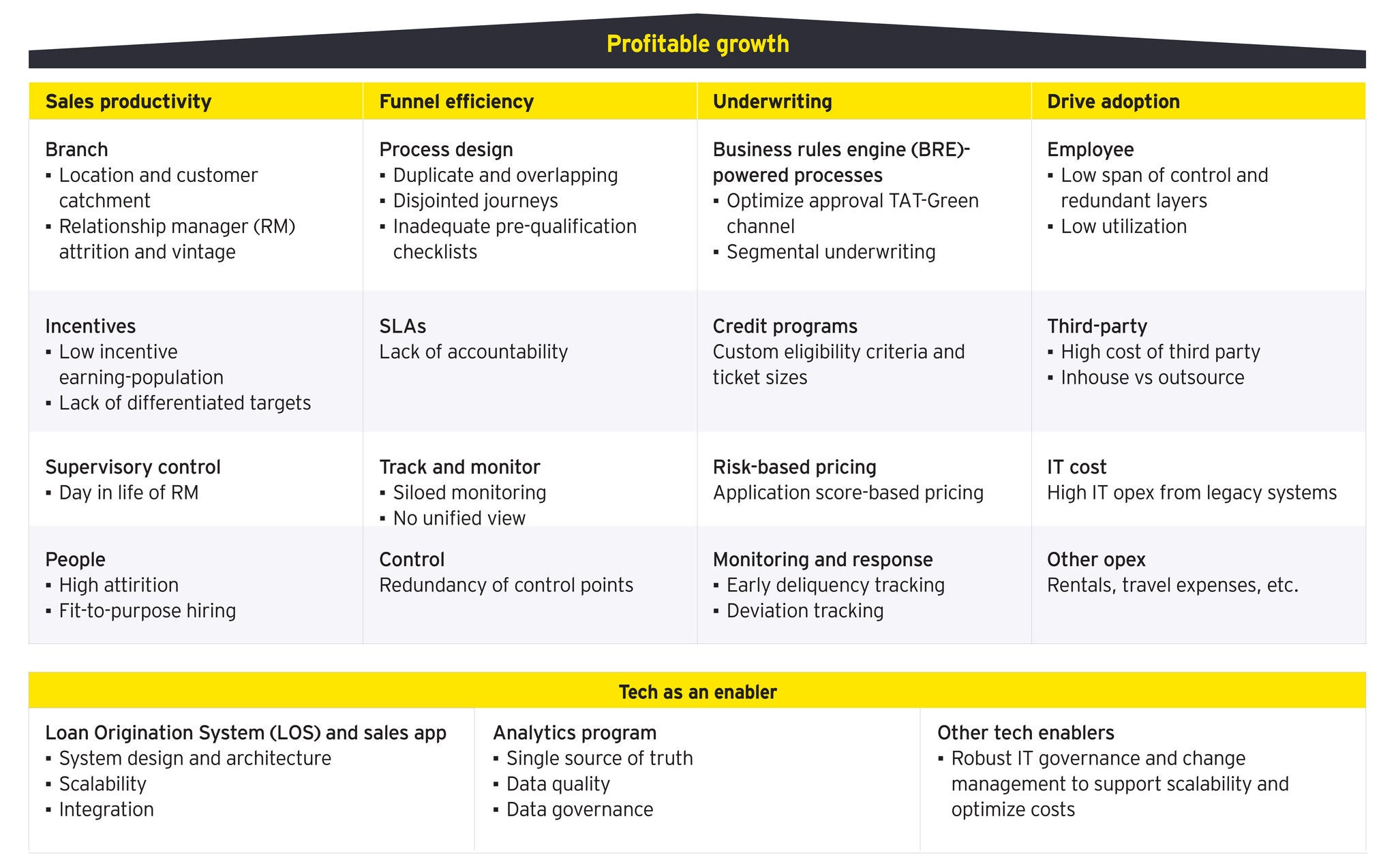EY refers to the global organization, and may refer to one or more, of the member firms of Ernst & Young Global Limited, each of which is a separate legal entity. Ernst & Young Global Limited, a UK company limited by guarantee, does not provide services to clients.
LLM for transforming the BFSI sector: Unlocking innovation and efficiency
A specialized fine-tuned LLAMA 3.1-8B Instruct model, which aims at addressing the distinct challenges in customer care within India's BFSI sector.
Yet, despite this optimistic outlook, significant supply shortfalls remain—particularly in regions with burgeoning populations and limited turnkey projects. Uttar Pradesh’s projected 20% share of the national shortage by FY 2025 highlights the urgency for developers and financiers to scale up production, adopt cost-efficient construction technologies, and explore innovative delivery models (such as pre-engineered components and public–private partnerships).
How to win in the affordable housing market
EY recommends potential interventions into five workstreams that affordable housing finance companies can use to gain tangible outcomes.





